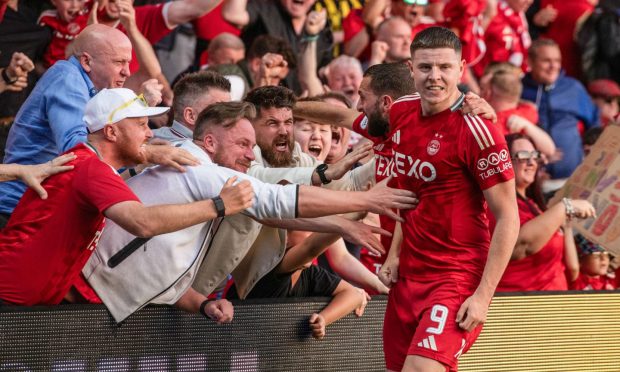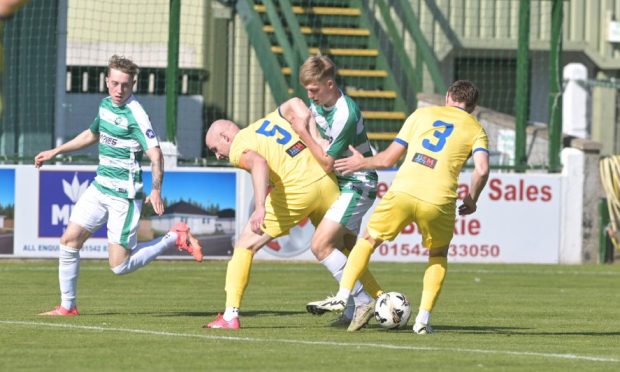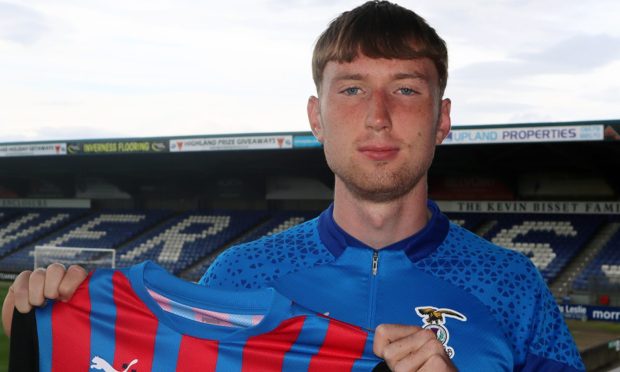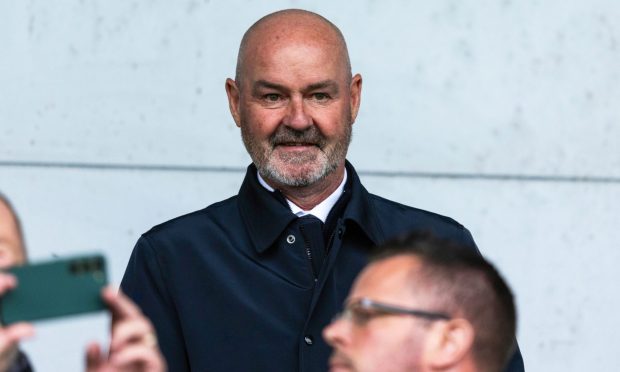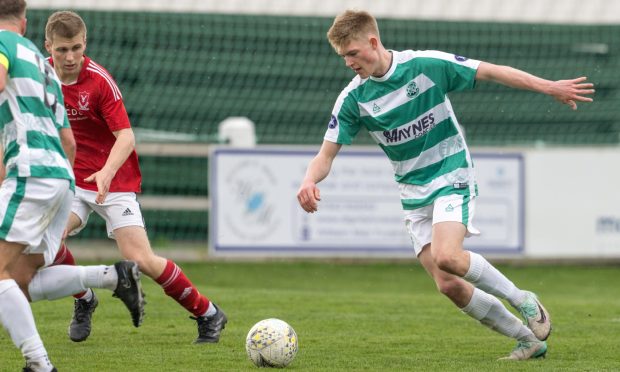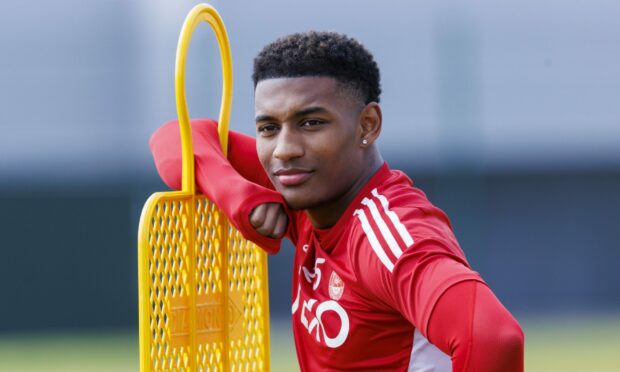Everything seemed to be going so well for Scotland in this year’s Six Nations Championship. They had disposed of England, were in the ascendancy with a 14-point lead over the Welsh at Murrayfield, and highlighting the mastery of the rapier over the blunderbuss.
Then, suddenly, the former England hooker Brian Moore mentioned on social media that Scotland might be heading for the Grand Slam – and, in an instant, the whole majestic edifice crumbled like the fall of the House of Usher.
Of course, there is no connection between his claim and the subsequent fashion in which Gregor Townsend’s side, burdened by the red card harshy meted out to Zander Fagerson, slipped to a desperately disappointing 25-24 loss which stalled the momentum which had been built up during that famous win at Twickenham.
But the manner in which the Scots reverted to type with a flurry of mistakes and indiscipline was a reminder that they remain very much a work in progress and we’ll find out a lot about them when they travel to Paris to tackle France next week.
In many ways, this latest setback evoked memories of previous occasions when the SRU’s finest snatched defeat from the jaws of victory. Does anybody else recall the remarkable conclusion to the contest between these sides in 2010 when Scotland led 24-14 after 75 minutes, apparently destined to achieve a well-deserved triumph?
Or at least, that seemed the most likely scenario until an astonishing climax which featured Scott Lawson and Phil Godman being sent to the sin bin, Leigh Halfpenny scoring a try and Stephen Jones slotting a penalty to draw his team level as the prelude to Shane Williams capitalising on gaps in the Scottish defence to ensure the hosts secured a 31-24 victory while the home crowd understandably went berserk.
It was the stuff of nightmares and required hastily-rewritten match reports by the travelling press corps even as the then coach Andy Robinson looked traumatised while attempting to make some sort of sense of what had just happened.
Saturday’s collapse wasn’t on that scale, but some of the ensuing media coverage has glossed over a few unpalatable acts. Firstly, while Fagerson’s dismissal unquestionably had some bearing on the outcome, the Welsh were already mounting an impressive recovery against 15 men and exposing deficiencies in their opponents’ armour.
That was evident from how a 17-3 deficit had been transformed to 17-15. And they could even afford a few kicking lapses from Callum Sheedy amidst that fraught denouement.
Scotland, if truth be told, have still no clear philosophy or strategy for closing out tight matches. Even at Twickenham, the winning margin was a mere five points, which was no reflection of their superiority for the majority of the proceedings.
Nobody is denying the mercurial flair and pieces of magic from such individuals as Finn Russell, Darcy Graham, Ali Price and Stuart Hogg, nor the rumbustuous efforts of their pack, but there’s a time to be pragmatic and play the percentages and effectively send out the message to the other lot: “Get past us if you can”.
England couldn’t manage it, but there again, they didn’t have anybody with the youthful brio of Louis Rees-Zammit in their ranks. This lad, who only turned 20 a few weeks ago, boasts a name straight from an Alexandre Dumas novel, but he has also a mesmerising pace and panache which should ensure a long and prosperous international career.
The reality is, though, that the Scots didn’t turn the screw when they had the chance, conceded far too many penalties and failed to land the knockout blow against a pretty average Welsh line-up, improverished by injuries and led by a coach, Wayne Pivac, who is still facing criticism in the valleys despite his side being top of the Six Nations table.
In contrast, the French were ruthlessly clinical in inflicting a narrow defeat on Ireland in Dublin on Sunday. That’s a brace of victories on the road, which have emphasised their ability in attack and their rock-solid defensive formation. Depending on the circumstances, they can be artists or artisans, are equally comfortable in either role and they haven’t really moved out of second gear except when it has been required.
Townsend and his colleagues will have to decide just how adventurous they want to be in their next fixture – which always looked like a treacherous assignment. But how much more confidence would they have if they could have recorded their fifth consecutive championship win when the opportunity presented itself?
Has they done so, they would have been the first Scots since 1984 to amass such a successful streak – and those of us of a certain age know what happened back then.
It brought a Grand Slam which marked the beginning of the most auspicious few years in the Scottish rugby chronicles. And there’s still the feeling that something special might be developing among the current squad.
But Paris will show whether it is just another false dawn or a new revolution.


